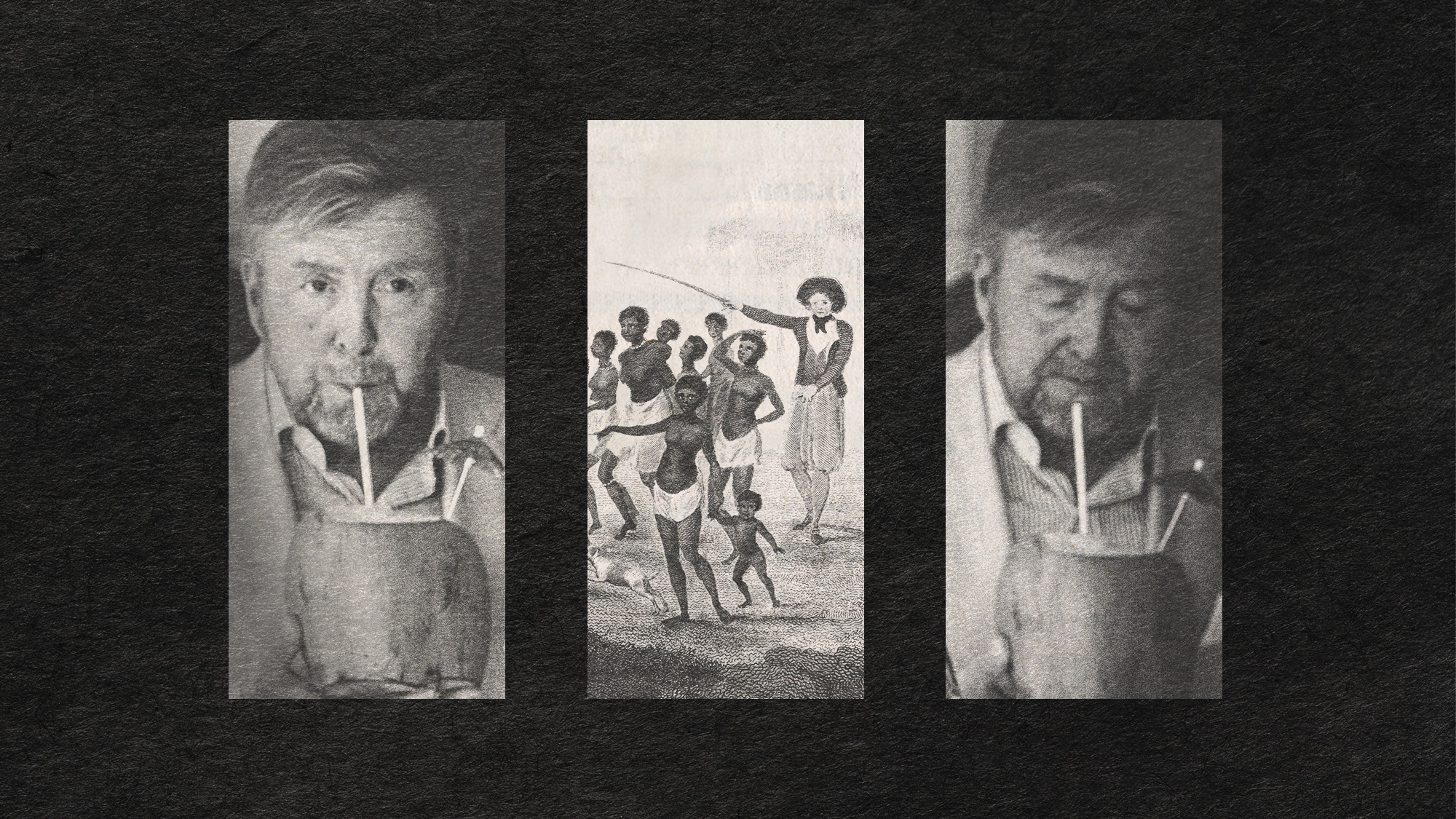The specter of bioterrorism
The Bush administration says terrorists will almost certainly attack the U.S. again, and their arsenal may one day include biological or chemical weapons. How real is the threat?
Have biological weapons ever been used?
In a crude way, many times—and with brutal effectiveness. More than 2,000 years ago, archers from the ancient region of Scythia dipped their arrows in rotting corpses and manure so as to be sure of inflicting fatal wounds. In 1346, Mongols besieging the Genoan trading outpost at Caffa, in the Crimea, used catapults to fling the plague-infected corpses of their fallen comrades into the walled city. The fleeing Genoans are believed to have spread the Black Death, wiping out a third of Europe. Some 400 years later, British troops fighting the French and Indian War decimated several Ohio and Shawanoe tribes by giving them smallpox-laden blankets and handkerchiefs. During World War II, Japanese pilots dumped fleas and grain laced with plague on 11 Chinese cities, killing hundreds.
Why are bioweapons so devastating?
The Week
Escape your echo chamber. Get the facts behind the news, plus analysis from multiple perspectives.

Sign up for The Week's Free Newsletters
From our morning news briefing to a weekly Good News Newsletter, get the best of The Week delivered directly to your inbox.
From our morning news briefing to a weekly Good News Newsletter, get the best of The Week delivered directly to your inbox.
Being invisible, odorless, and tasteless, modern biological agents are virtually undetectable and could theoretically destroy large populations before countermeasures are taken. Microscopic amounts of these agents, inhaled or absorbed through the skin, can be lethal. One-billionth of a gram of anthrax bacteria, about the size of a dust speck, can cause death within two to three days. The same amount of botulinum toxin (“botox”) will kill about 65 percent of those infected by paralyzing muscles and shutting down the respiratory system. In June, a biowarfare scenario code-named “Dark Winter” simulated a smallpox attack by Iraqi-backed Afghan terrorists in Oklahoma City, Atlanta, and Philadelphia. The war game killed 1 million people within two months.
Why haven’t terrorists already used them?
Iraq or bin Laden’s organization may have acquired “seed cultures” of germs like plague and anthrax, intelligence officials believe, but it’s hard to grow these cultures into batches that are large and potent enough to kill great numbers of people. The organisms are easily weakened by changes in temperature, humidity, and even light. “Weaponizing” them isn’t simply a matter of stuffing them into an aerosol can and spraying. If atomized anthrax particles aren’t exactly the right size—about one-tenth as thick as a human hair—they can’t enter the lungs to cause infection.
Are any nations currently developing biological weapons?
A free daily email with the biggest news stories of the day – and the best features from TheWeek.com
It’s estimated that 17 nations have bioweapons programs, including Iraq, Iran, China, Russia, and Israel. Since World War II, however, there have been only two confirmed instances of unnatural biological outbreaks. In 1979, an accidental release of anthrax killed at least 66 residents of Sverdlovsk, Russia. In 1984, cult followers of the Bhagwan Shree Rajneesh in Oregon made 751 people sick by tainting local salad bars with salmonella.
Are chemical weapons more common?
Yes, and they have been used to devastating effect. Chemical warfare was first widely practiced in World War I. Germany, attempting to turn its great industrial capacity into a battlefield advantage, ignored ancient prohibitions on poison warfare and released 180 tons of liquid chlorine into the breeze near Ypres, Belgium, on April 22, 1915. The asphyxiating vapors killed or injured some 15,000 French, Algerian, and Canadian soldiers in trenches downwind. As the use of poison gas became common, the warring armies developed masks to protect troops. This prompted the use of mustard gas, which attacks the skin rather than entering the body through inhalation. By war’s end, 100,000 soldiers and civilians had been killed and 1 million injured by chlorine, phosgene, and mustard gases.
Is it easy to use these gases?
No. In fact, chemical warfare is not without sometimes lethal complications. Gases float from attackers to victims on unpredictable winds. The first time British forces tried to use gases on the battlefield, the wind blew the toxic mist back at them. Iraqi dictator Saddam Hussein’s troops had similar problems the first few times they used mustard and nerve gases against Iran and to suppress Iraqi Kurds in the 1980s. Nevertheless, Iraqi soldiers got better at the task and managed to kill more than 5,000 in the village of Halabja alone in March 1988.
Could terrorists use chemical weapons?
Chemical agents can be produced with common materials, but can only kill when released in massive quantities. In the largest nonmilitary use of lethal gas, members of the Aum Shinrikyo cult in Japan only managed to kill 12 people when they unleashed the nerve agent sarin on several Tokyo subway trains. The cultists spent $10 million trying to produce the poison in bulk, but all they could manage was enough to fill a small number of plastic bags they punctured with umbrella tips. As weapons expert Amy Smithson says, “Any bozo can make a chemical agent in a beaker, but producing tons and tons is difficult.”
Does Osama bin Laden have any of these substances?
Intelligence agents think so. Satellite surveillance has spotted dead animals scattered around one of bin Laden’s training camps in Afghanistan. Security experts believe scientists may be developing crude chemical weapons at the facilities and testing their work on dogs and goats tethered to stakes in the desert. CIA analysts say the most likely source of chemical agents would be Iraq, which probably still has vast, hidden stockpiles. Former operatives of bin Laden’s terrorist network also say he has tried to acquire botox from the Czech Republic and anthrax from North Korea. But with all the obstacles to obtaining and delivering unconventional weapons, arms expert Stephen Prior says, the likelihood of a terrorist attack with these arms in the near future is “as close to zero as possible.” Intelligence agencies predict the next terrorist strike will involve a more proven technique, such as a massive truck bomb that could be rolled virtually anywhere.
Is the U.S. prepared?
-
 In Suriname, the spectre of Dutch slave trade lingers
In Suriname, the spectre of Dutch slave trade lingersUnder the Radar Dutch royal family visit, the first to the South American former colony in nearly 50 years, spotlights role of the Netherlands in transatlantic trade
-
 Political cartoons for December 7
Political cartoons for December 7Cartoons Sunday’s political cartoons include the Trump-tanic, AI Santa, and the search for a moderate Republican
-
 Trump’s poll collapse: can he stop the slide?
Trump’s poll collapse: can he stop the slide?Talking Point President who promised to ease cost-of-living has found that US economic woes can’t be solved ‘via executive fiat’